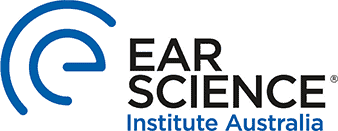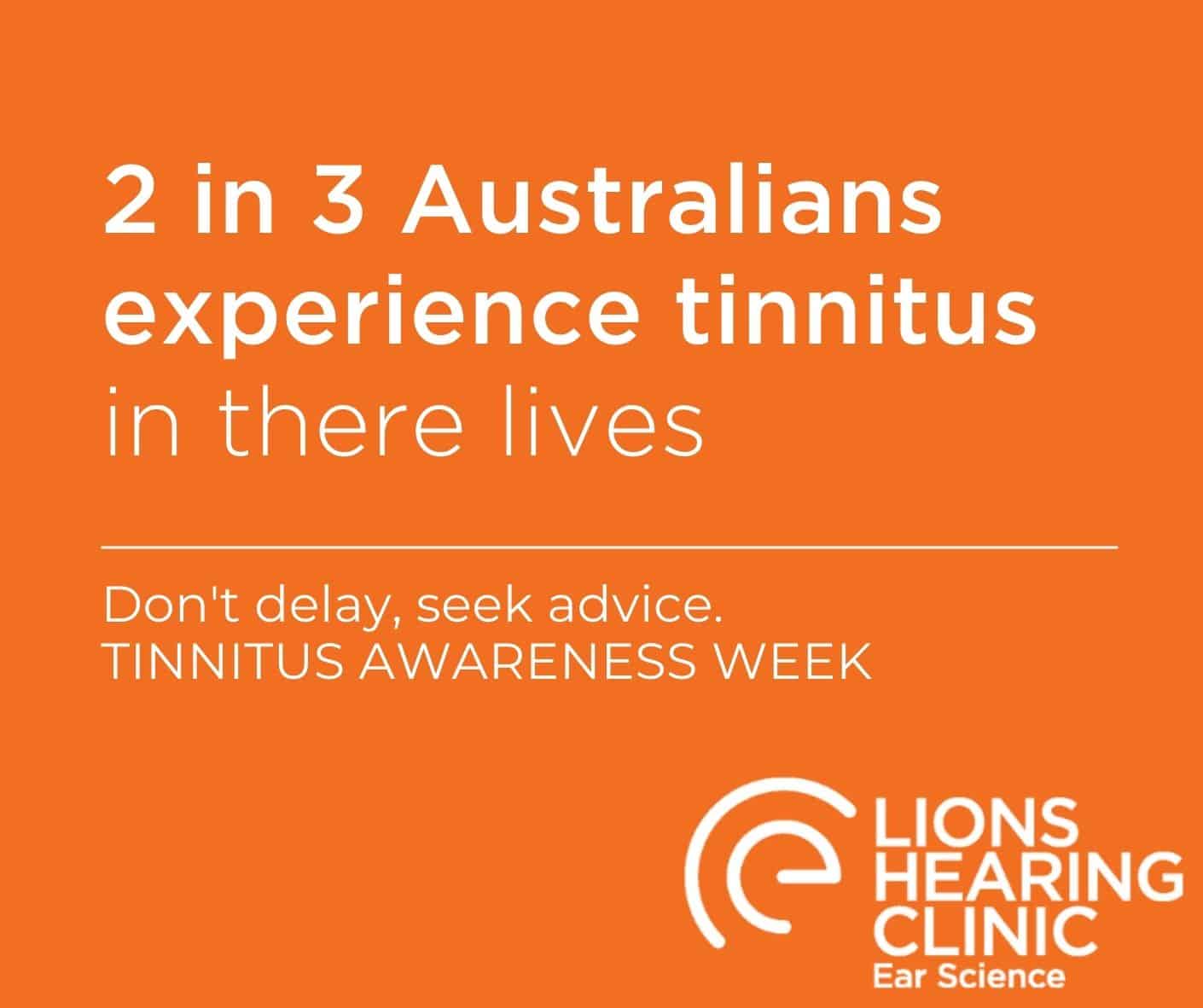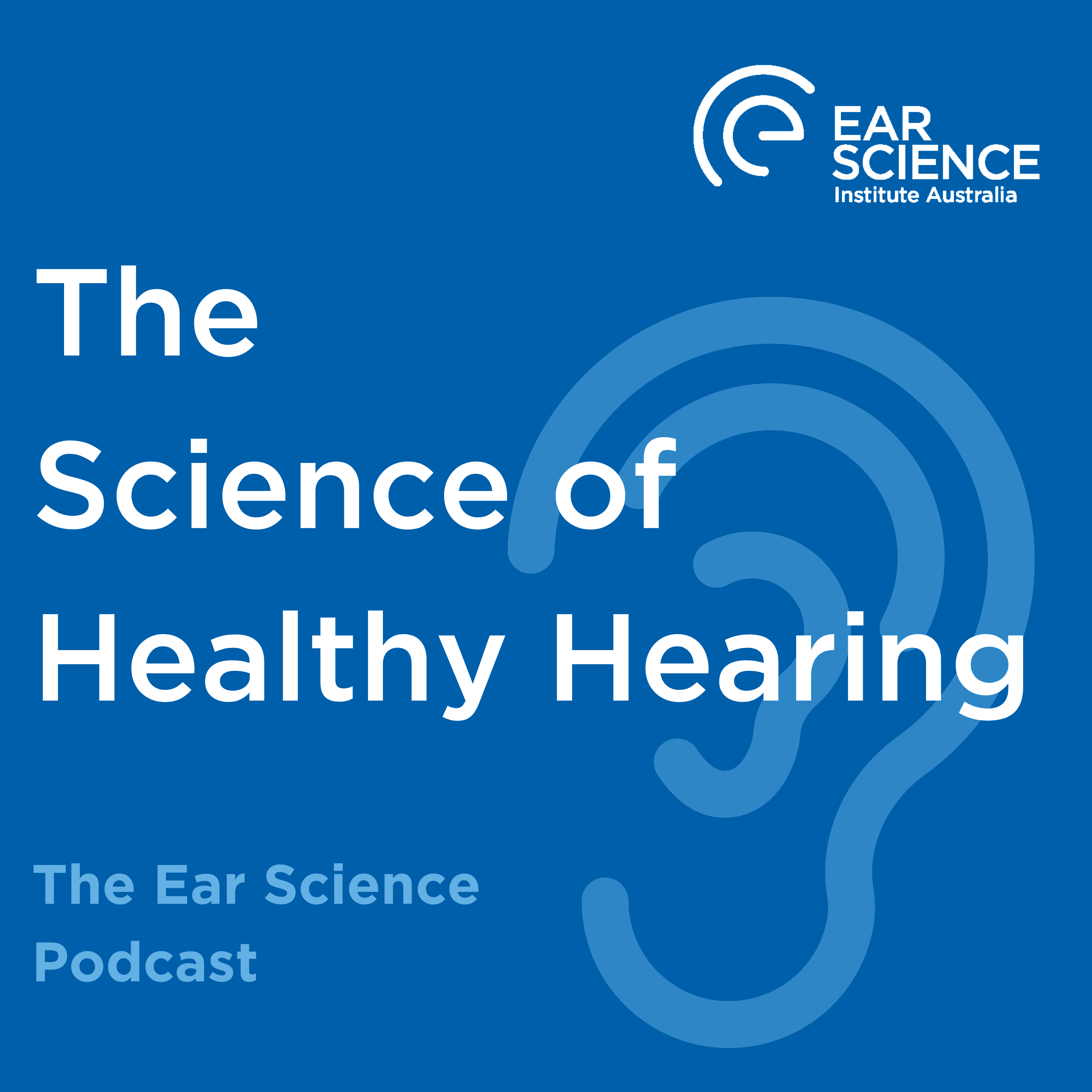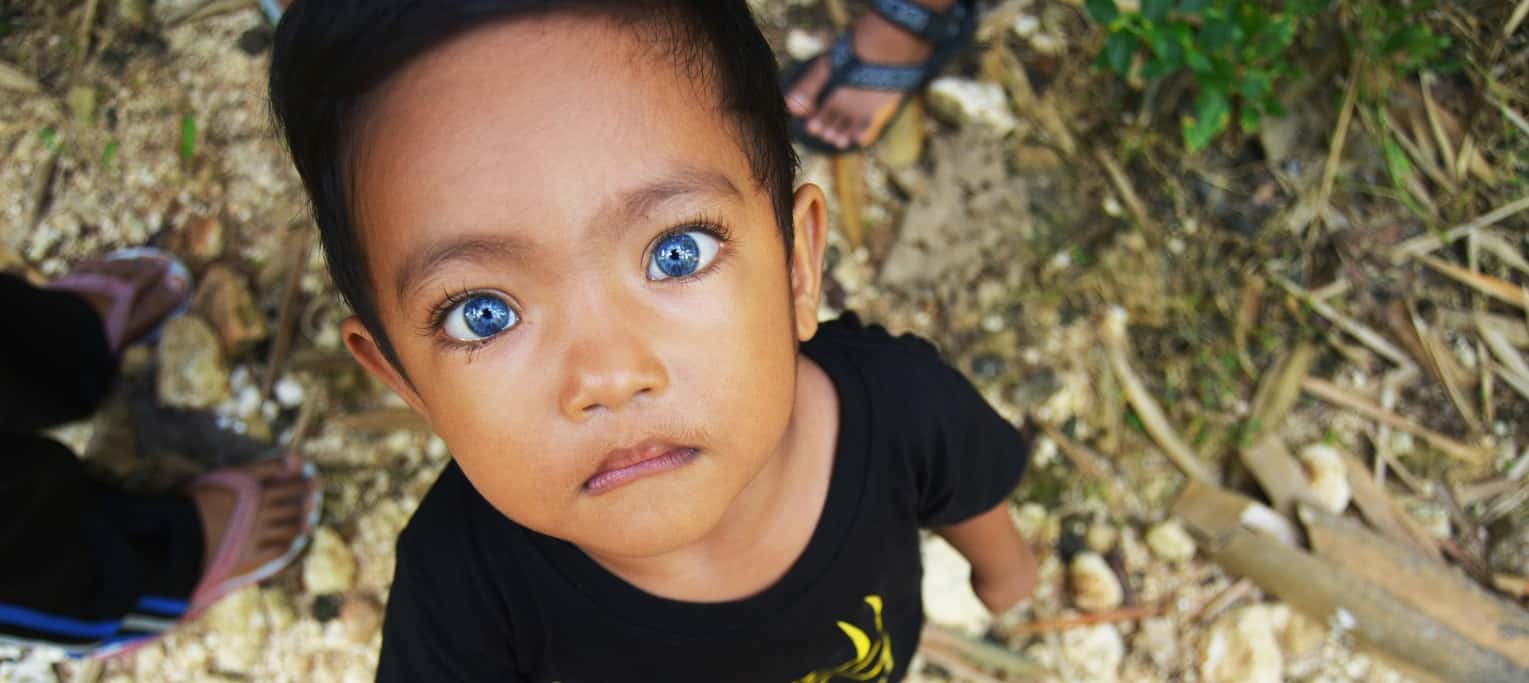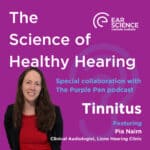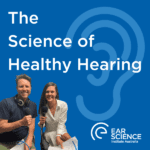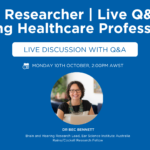Following the launch of the Australasian Hearing Registry and Biobank, better known as the Aussie Ear Bank, we are thrilled to share that Dr Christo Bester was recently featured on the This Week in Hearing podcast. In this episode, Dr Bester discusses the development of the biobank and the emerging role of gene therapy and personalised medicine in treating hearing loss.
Hear more about the science, the strategy, and the future of the Aussie Ear Bank by tuning in on your preferred podcast platform or watching the video below:
In the interview, Dr Bester explains that 1 in 6 Austalians are affected by hearing loss. While about 50% of childhood hearing loss is known to be genetic, recent studies suggest a similar genetic contribution to age-related hearing loss as well. Increasingly, evidence points to genetic causes underlying more cases of hearing loss than previously understood.
Building the Pipeline for Genetic Therapies
The Aussie Ear Bank serves a dual purpose: to collect and catalogue biological samples to better understand the underlying mechanisms of hearing loss, and to build a platform for genetic hearing loss therapies.
Using an inner ear organoid platform, developed by the Hearing Therapeutics team led by A/Prof Elaine Wong and Professor Atlas, our researchers can now model specific forms of hearing loss in the lab. These patient-derived models allow for precise testing of gene and drug therapies.
One standout success already seen in this field is Otoferlin-related hearing loss, where gene therapy has restored hearing in children, highlighting the transformative potential of genetic therapies.
National Collaboration Underway
Momentum continues to grow, with key partnerships now established across Australia’s research and clinical landscape. The project team is currently collaborating with:
- Lions Eye Institute
- Genetic Services of Western Australia
- Internal collaboration with our Hearing Therapeutics and Hearing Devices, surgical and clinical teams
- A network of universities, clinics, and hospitals across multiple states
- Data-sharing projects that aim to bridge genetic and audiometric databases
“This project only works if we bring together the best of diagnostics, genetics, and therapeutics,” the research team explains. “And that’s exactly what we’re doing.”
What’s Next?
Looking to the future the Aussie Ear Bank team anticipates:
- Expanding sample collection across additional sites
- Enhancing genetic analysis and sequencing capacity
- Preparing for clinical trials of new therapeutics within the next five years
The long-term vision is to develop and deliver targeted genetic therapies capable of preventing or reversing hearing loss, for both children and adults.
While these therapies are on the horizon, the team emphasises that conventional treatments such as hearing aids and cochlear implants remain essential. These remain the gold standard for managing hearing loss today and will complement future gene-based treatments.
